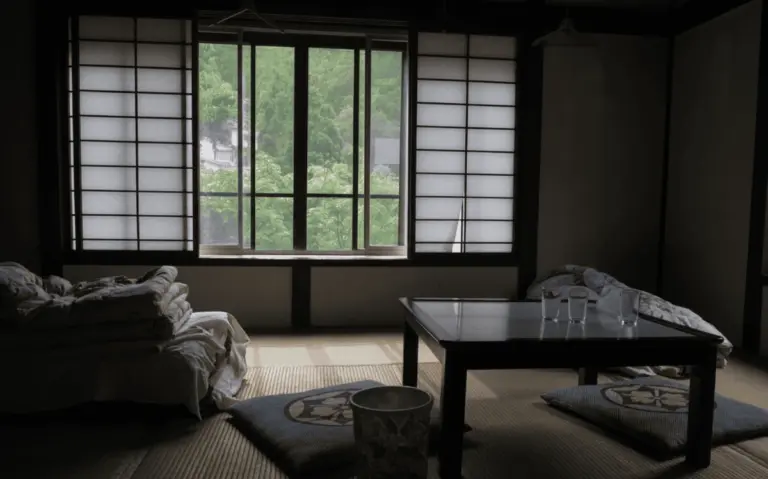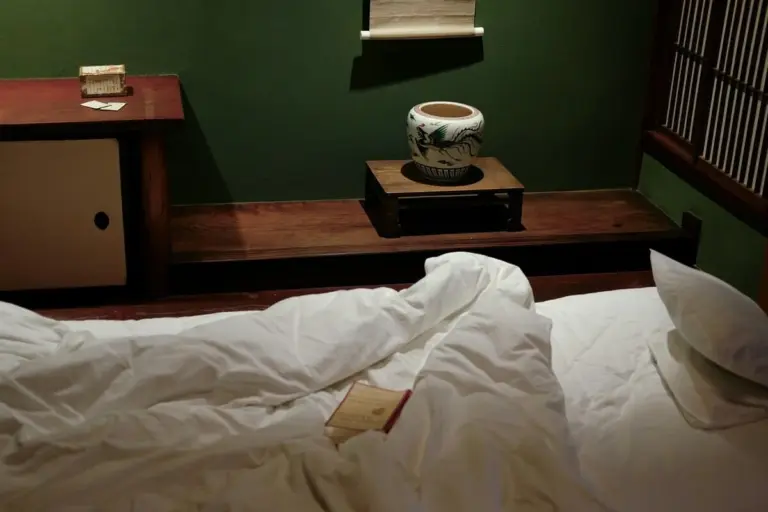The Secret to a Cooler Summer: Japanese Gauze Blankets
Soft Air and Slow Sleep: Discovering the Comfort of Japanese Gauze Blankets
If you’ve ever struggled through a hot night, tossing off thick blankets in frustration, Japan has a quiet solution for you: the gauze blanket, or gauze ketto. It’s not just a lighter blanket — it’s a philosophy of comfort shaped by summer itself.
In Japan, where humidity lingers long after sunset, people learned to sleep with the air, not against it. That’s where the gauze blanket shines: it keeps you cool, dry, and softly covered, even on the stickiest nights.
What Is a Japanese Gauze Blanket?
A Japanese gauze blanket (ガーゼケット/Gauze-ket) — also called a multi-layer gauze ketto — is made from multiple layers of cotton gauze, a thin, open weave that allows air to pass freely through the fabric.
Unlike synthetic cooling fabrics that feel cold to the touch but trap heat, gauze works naturally: each layer breathes, absorbs, and releases moisture in rhythm with your body temperature.
Most summer versions use three or four layers, while thicker five- or six-layer styles suit cooler seasons. The result? A texture that feels both airy and substantial — light on the skin yet warm enough for mild nights.
The more you wash it, the softer it becomes — aging into the kind of comfort that only natural materials can achieve.
Why Japan Loves Gauze Blankets
In Japan, gauze ketto is a summer essential. Families bring them out as soon as the rainy season ends — the timing that aligns with tsuyu, Japan’s humid rainy season, giving way to midsummer. This transition, around mid-July, marks the nationwide switch to summer bedding.
Its appeal comes from balance: cooling without chill. Because gauze traps small pockets of air, it prevents the shock of a bare, cold sheet while still allowing sweat and moisture to escape.
Many people describe it as sleeping in a breeze — wrapped but weightless. It’s also gentle on sensitive skin, making it popular for children and people with allergies.
The Fabric Science Behind the Comfort
What makes gauze so breathable lies in its weave. Each thread crosses loosely, leaving microscopic gaps that allow humidity to escape faster than in standard cotton or linen sheets. This airflow reduces the sticky feeling of summer sweat while preventing that clammy sensation common with synthetics.
Japanese textile makers often use combed cotton for smoothness, then pre-wash the fabric to create a natural crinkle. That crinkle adds a soft cushion of air between you and the blanket — the reason gauze never clings, even on damp nights.
Gauze Blankets vs. Other Summer Bedding
| Feature | Japanese Gauze Blanket | Cooling Synthetic Blanket | Linen Blanket |
|---|---|---|---|
| Material | 100% cotton gauze (3–6 layers) | Polyester or nylon | Flax linen |
| Feel | Soft, airy, gets softer with washing | Smooth, cool touch but less breathable | Crisp, moisture-absorbing |
| Care | Machine washable; air dry | Quick-dry, but may pill | Wrinkles easily |
| Best for | Humid climates and sensitive skin | Hot, dry climates | Natural cooling in moderate humidity |
Recommended Japanese Gauze Blankets (Available in the U.S.)
- Imabari Towel Gauze Blanket — Made in Japan with soft Imabari cotton; lightweight yet absorbent. Available on Amazon US.
- Nishikawa 5-Layer Cotton Gauze Blanket — Breathable, softens with every wash; perfect for warm sleepers. Available on Amazon US.
- EMOOR Japanese Cotton Gauze Blanket — Machine washable, gentle on skin, and ideal for summer humidity. Available on Amazon US.
The Calm Coolness of Summer
Sleeping under a Japanese gauze blanket feels like catching a breeze through open windows — quiet, refreshing, and light as breath. There’s no battle with heat, no heavy weight, only softness that moves with you.
It’s a reminder of what Japanese design does best: turning comfort into simplicity. And when morning comes, as sunlight filters through sheer curtains, your blanket still feels fresh — like air you can touch.



